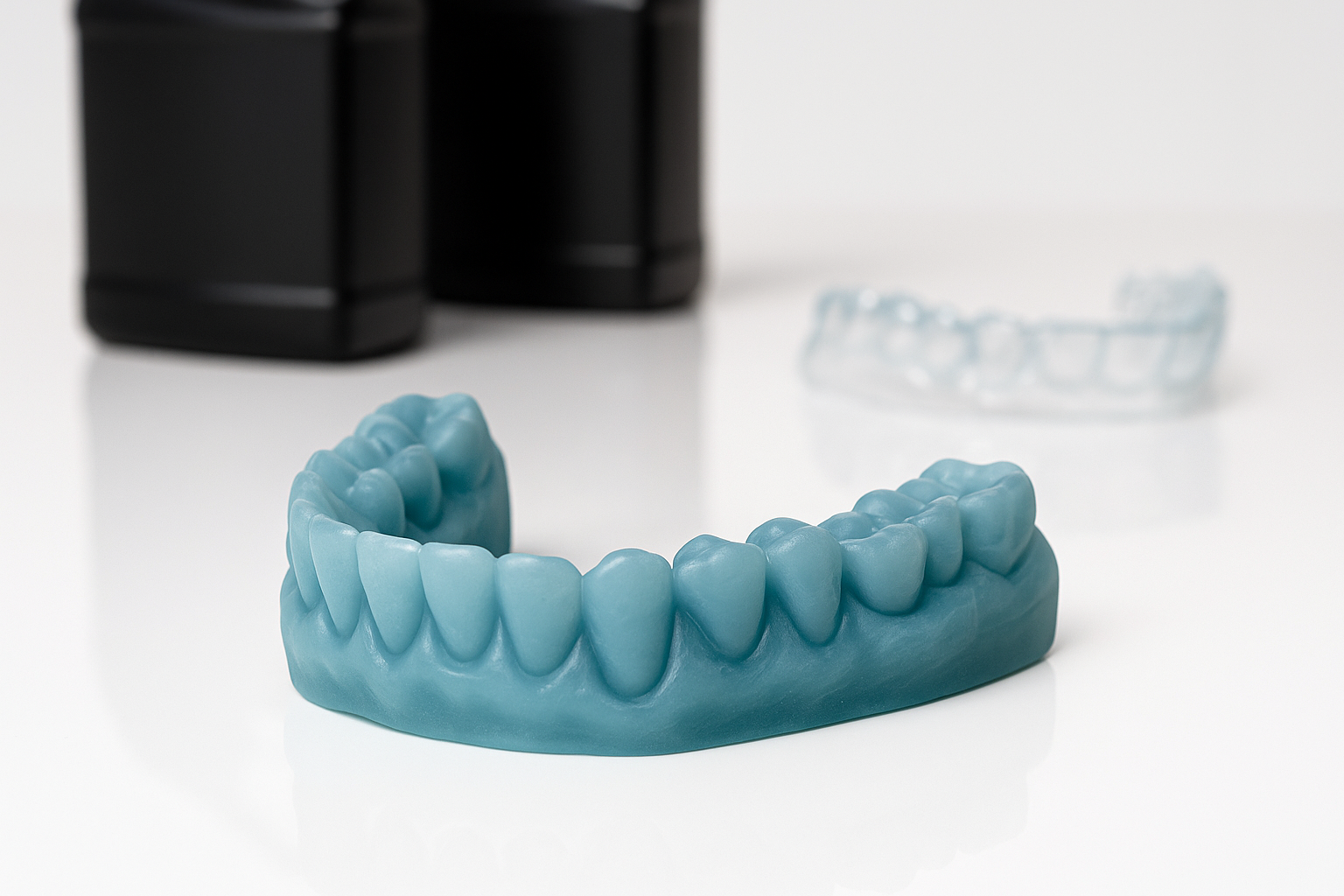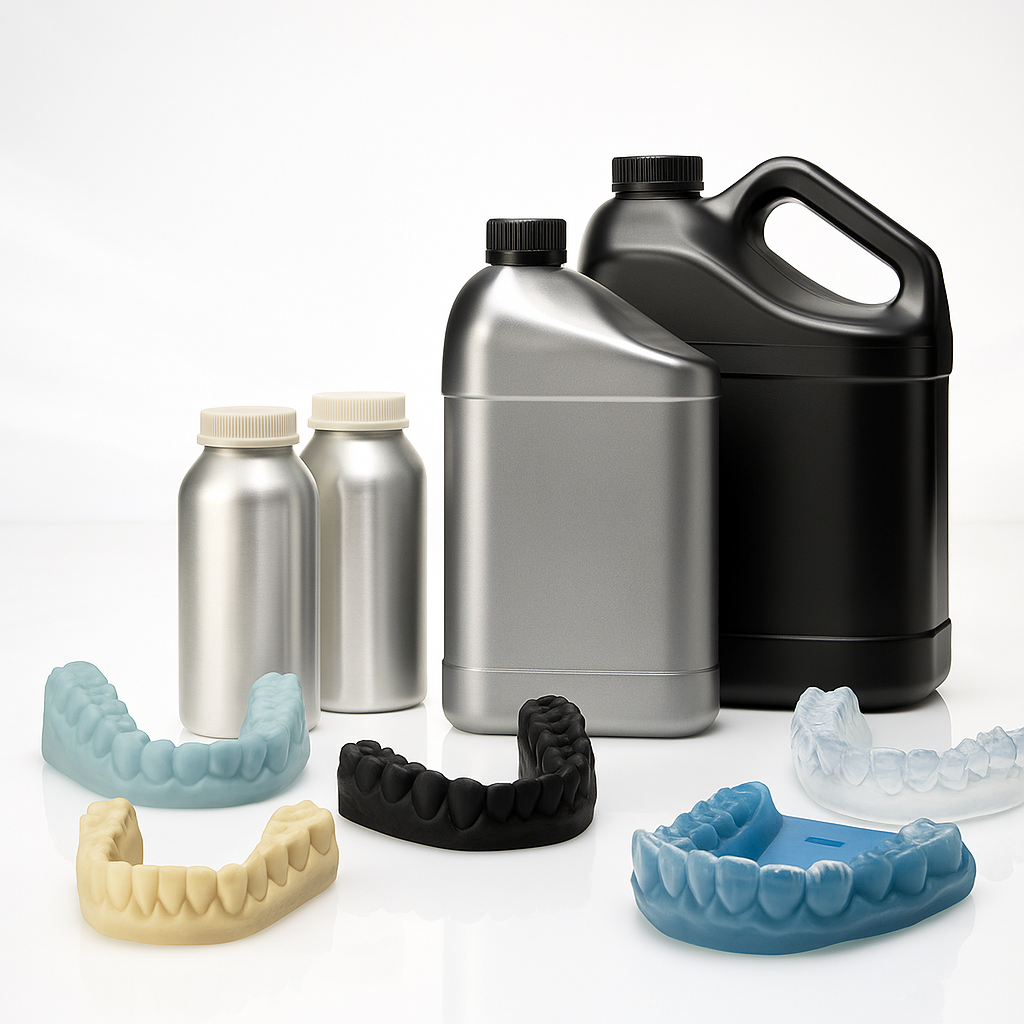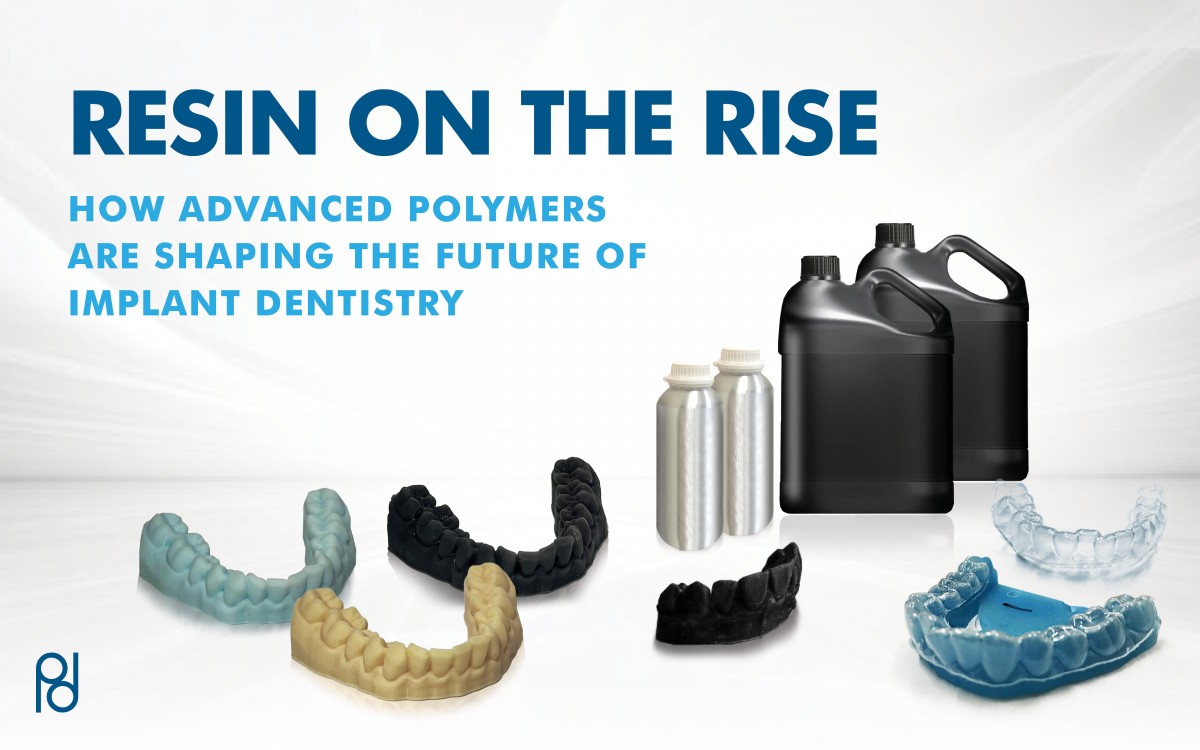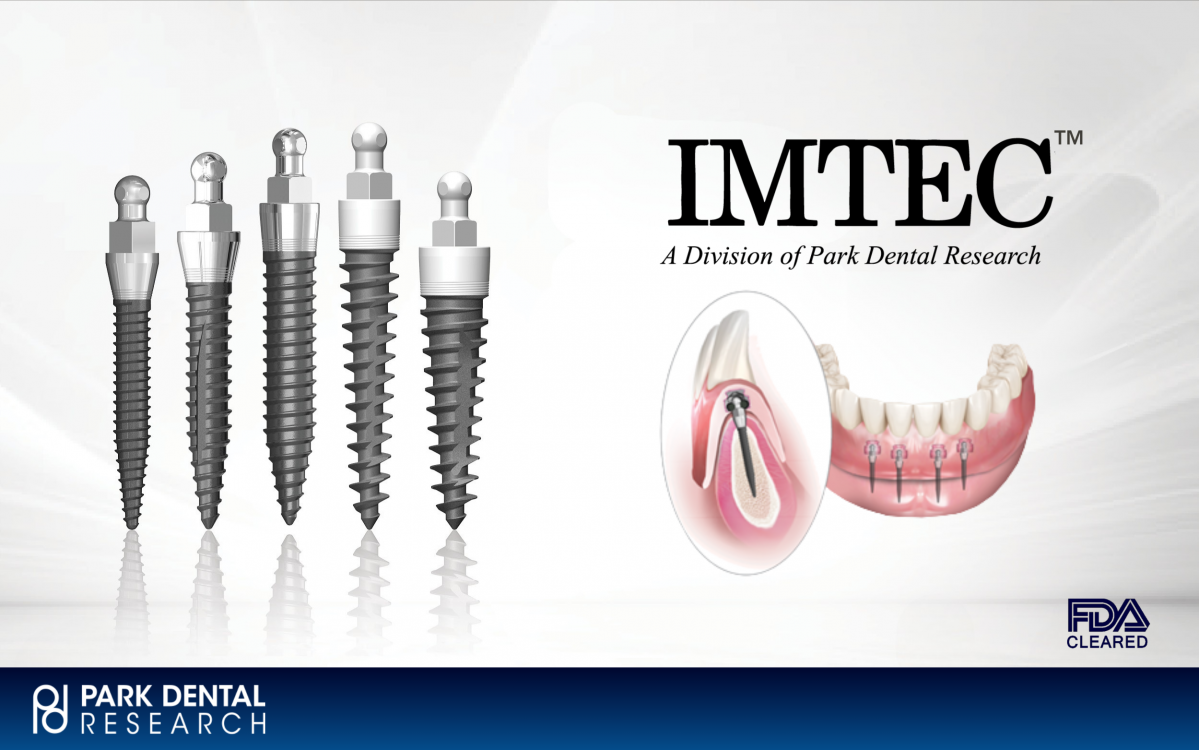Over the last decade, resin-based materials have undergone a quiet revolution, emerging from auxiliary applications into the core of digital dentistry and implant workflows. Once limited to temporary models and guides, today’s high-performance resins are enabling clinicians and labs to deliver precise, efficient, and cost-effective solutions across every stage of treatment.
A Shift in the Digital Landscape
The integration of 3D printing into dental practices and laboratories has accelerated the demand for advanced printable materials. Resin - especially photopolymer resins designed for dental applications - has quickly become the material of choice for a wide range of indications, including:
Surgical guides with high-dimensional accuracy
Provisional crowns and bridges offering durability and aesthetics
Custom trays, occlusal guards, and implant analog models for restorative workflows
Gingival masks and restorative prototypes that support precision planning

Resin in Clear Aligner Production
One of the fastest-growing applications for dental resins is in the production of clear aligners. While aligners themselves are thermoformed from plastic sheets, each step in the manufacturing process depends on the accurate 3D printing of resin-based dental models.
These models must maintain dimensional stability and surface detail, crucial for multi-step orthodontic treatment. In-house aligner production relies on resin’s precision and speed to meet growing patient demand. Additionally, some cutting-edge R&D is exploring direct-print aligners made from specialized resins, thereby bypassing thermoforming altogether. While still emerging, these technologies suggest resin may soon play a larger role in both the fabrication and function of orthodontic appliances.
From Temporary to Transitional
What once was considered a stopgap is now an essential tool in transitional prosthetics. High-performance resins allow clinicians to deliver long-term provisionals that not only restore esthetics and function but also support soft tissue healing and protect the implant site during osseointegration. These provisionals help preserve gingival architecture, maintain space, and minimize micromovement - key factors for successful implant integration. For immediate load protocols, the reliability and speed of resin workflows create new opportunities for same-day or next-day restorations.
Advancements in Resin Chemistry
Recent advancements in material science have expanded the capabilities of dental resins beyond traditional limits. Hybrid resins, reinforced with ceramic or fiber fillers, now deliver enhanced mechanical properties, making them viable for extended use and even short-term definitive restorations.
In implantology, resins are now being used to 3D print custom abutments, optical scan markers, and fit verification guides. These parts play a key role in ensuring accuracy during the design and fabrication process. By printing them in-house or in the lab, clinicians and technicians can fine-tune fit and alignment with high precision, especially important when working on multi-unit cases where even small discrepancies can impact the final result.

The Next Generation of Resin: Purpose-Built for Precision
As 3D printing becomes more integrated into dental and orthodontic workflows, demand is shifting toward resins tailored to specific printer platforms, such as SprintRay, Formlabs, and 3D Systems, to ensure optimal quality and efficiency. These purpose-built materials feature plug-and-print compatibility, eliminating the need for manual calibration.
With fine-tuned viscosity, curing properties, and high-resolution output, they’re ideal for demanding applications like implant models, surgical guides, and aligner workflows. Color-coded options - such as coral, blue, and grey - also help streamline lab production by visually organizing different stages or case types.
What’s Next?
The future of resin in digital dentistry will continue to evolve with improvements in durability, long-term wear, and biocompatibility. As regulatory support grows and clinical outcomes are validated, resins may become more prominent in definitive restorations and directly printed appliances.
For now, one thing is clear: resin has earned its place at the center of digital dental workflows. Whether supporting implant provisionals, surgical planning, or orthodontic production, advanced polymers are delivering faster, smarter, and more adaptable solutions for modern practices.
Park Dental Research and its divisions - IMTEC, JUELL™ 3D, and Orchestrate 3D® - are proud to support these advancements with hardware, software, and material innovations that help clinicians and labs maximize the potential of resin-based workflows.
Looking to integrate resin into your workflow? Contact us to learn more about how advanced materials and digital tools are transforming the future of implant dentistry.




